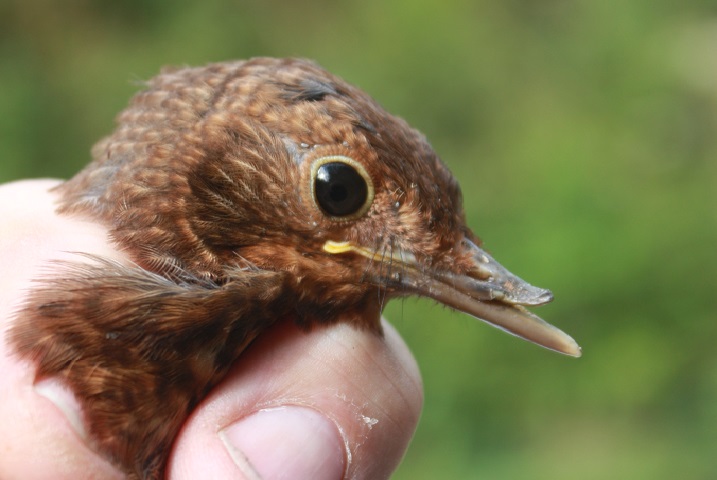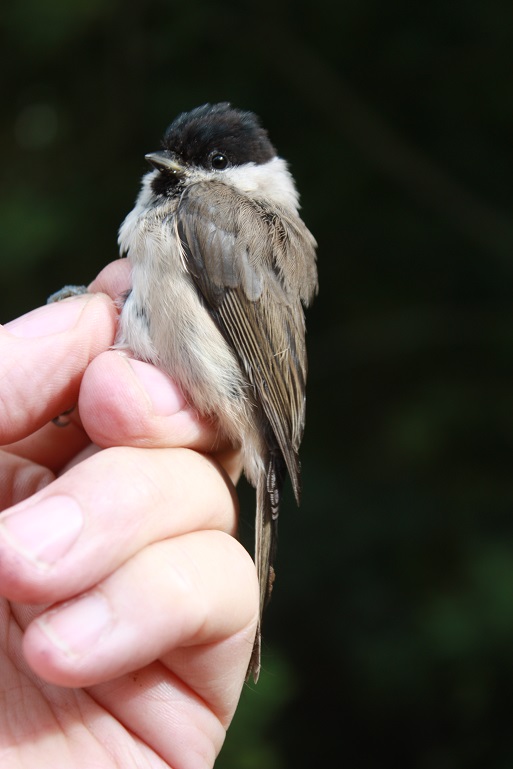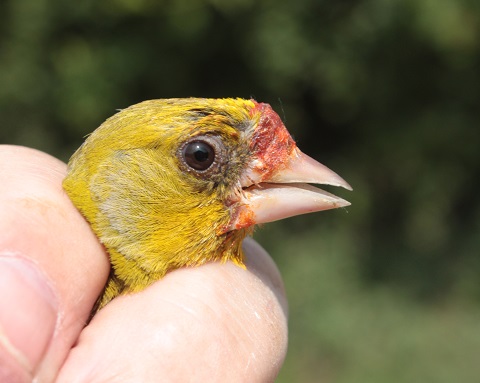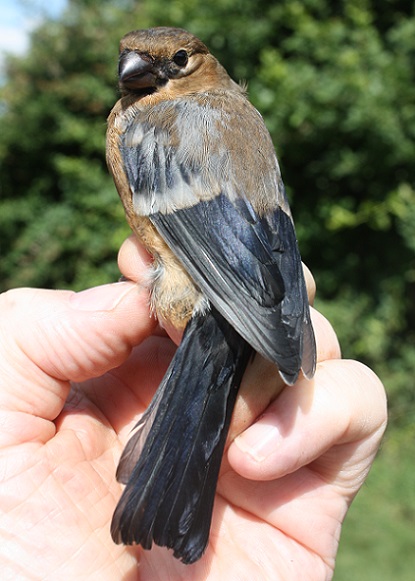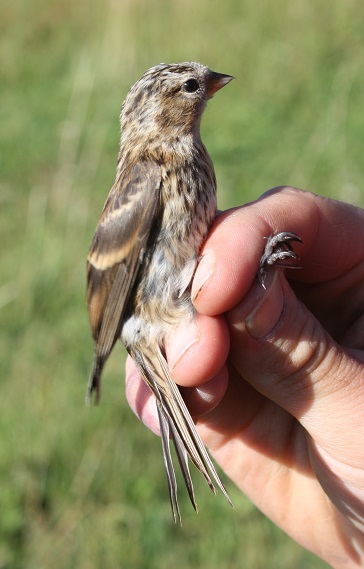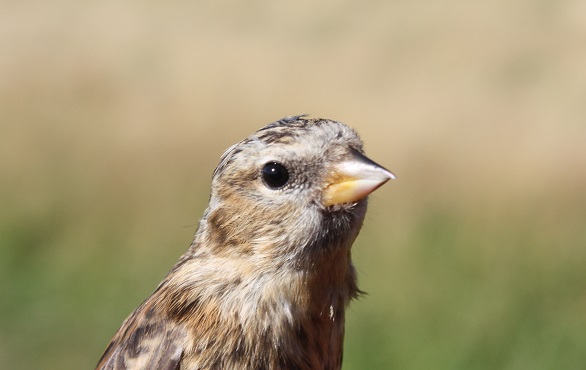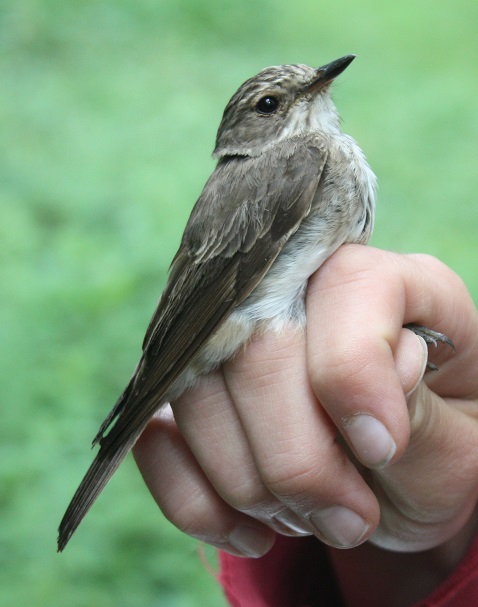Somerford Common: Wednesday, 24th August 2016
After the wild and windy weather of the last few days, I was joined by Jonny, Charlie and his dad, Neil, for a session on Somerford Common. We set our nets along the ride just down from the small carpark, and along the north to south ride at the eastern edge of the fenced off paddock. There is some exciting news about the paddock. After the failure of the Exmoor ponies project, to enhance the site to suit Marsh Fritillary butterflies (the reason for the paddock in the first place), the paddock has just been growing wild and is becoming severely overgrown. As of this autumn, the Forestry Commission are instituting a coppicing regime within the boundaries of the paddock. Hopefully this will lead to there being a continual supply of habitat suitable for Garden Warblers, which seem to have disappeared from the site this year.
After the first round, which included a decent flock of Long-tailed Tits, the session was never too busy, but always interesting, It gave me an opportunity to start Charlie on extracting birds. Nothing too difficult to start with: a number of Robin, Dunnock, Blackcap and Bullfinch; all of which he handled very well. It bodes well for his future as a ringer.
The list for the session was: Green Woodpecker 1; Blue Tit 1; Great Tit 1(3); Coal Tit 1; Marsh Tit 2; Long-tailed Tit 13; Wren 3; Dunnock 2; Robin 6; Song Thrush 1; Blackbird 1; Blackcap 3(1); Chiffchaff 5; Willow Warbler 2; Goldcrest 2; Bullfinch 11. Totals: 55 ringed from 16 species; four retrapped from two species, making 59 birds processed from 16 species.
We seem to be in a run of good catches with interesting birds at the moment. The two new Marsh Tits take this year's total to 13: more than last year, with the busiest time for catching them yet to come. Nine of these are juveniles fledged this year and it confirms breeding Marsh Tits in all four of the major woods of the Braydon Forest (in which I have ringing sites). It was great to finally get a good catch of Long-tailed Tits. They were all close to completing their post-breeding / post-fledging moults, so virtually impossible to positively identify the youngsters from the adults. Given that they stay in family groups it is likely that there were a number of young in the party. Contrast that with the single Blue Tit (an adult) and the four Great Tits, of which the newly ringed bird was the only juvenile.
The last two years have been very good for Bullfinches. Today we caught 11: two adults older than last year's fledging; two from last year's fledging and seven newly fledged birds. This brings the total to 19 new Bullfinches ringed on Somerford Common so far this year, compared to 21 in the whole of 2015 and just four in 2014. With three more sessions scheduled for the site this year, it is likely that we will surpass the 2015 total. This improvement in fortunes is reflected throughout the Braydon Forest.
As luck would have it, our last round produced just a single bird. However, that bird was juvenile Green Woodpecker. Jonny did a brilliant job of sprinting to the net to ensure it didn't escape. It was touch-and-go for a while, as the bird flew along the net, bouncing off it several times before ending up in the shelf. As he did the hard work, I let Jonny ring it: his first ever.
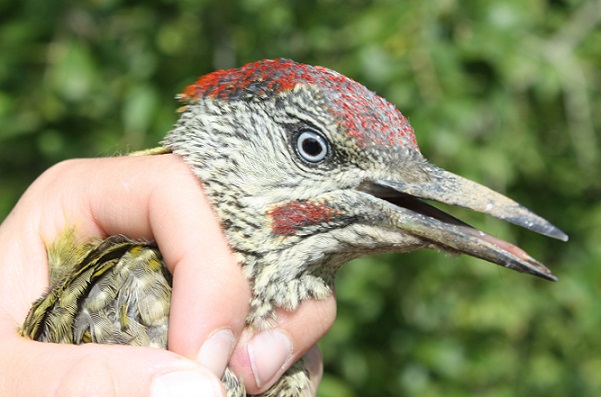 ST/JC/CS/NS
ST/JC/CS/NS

